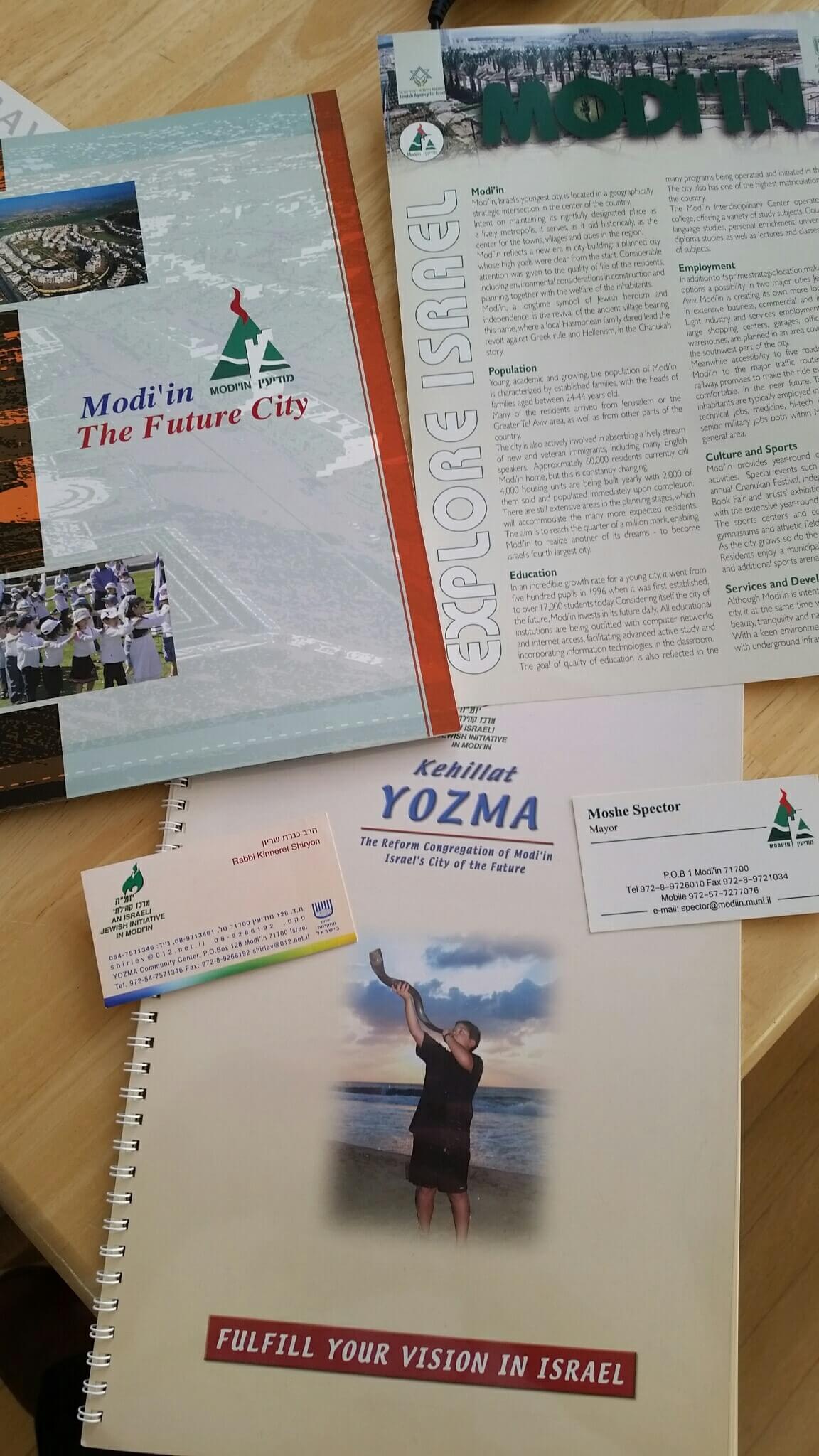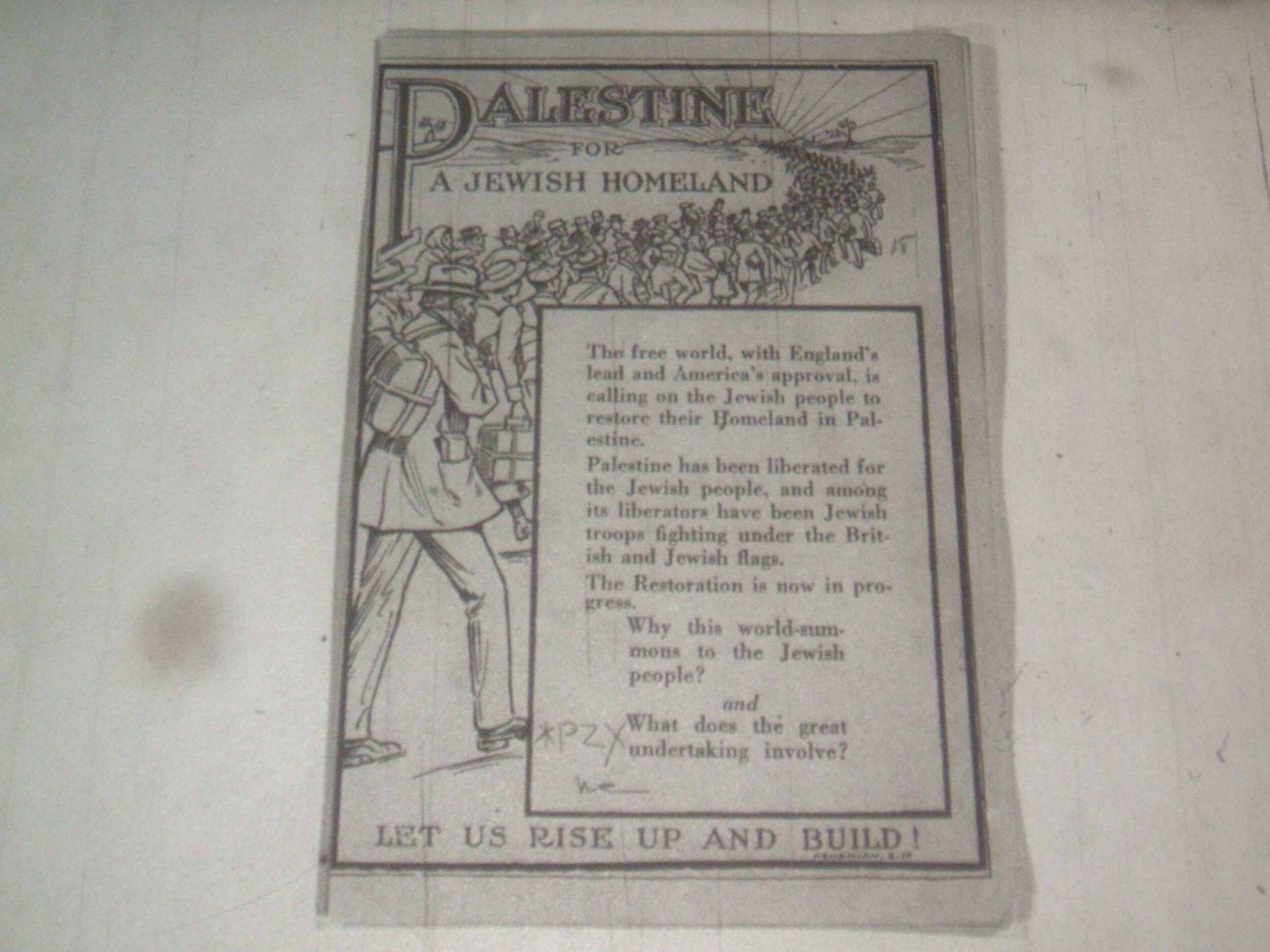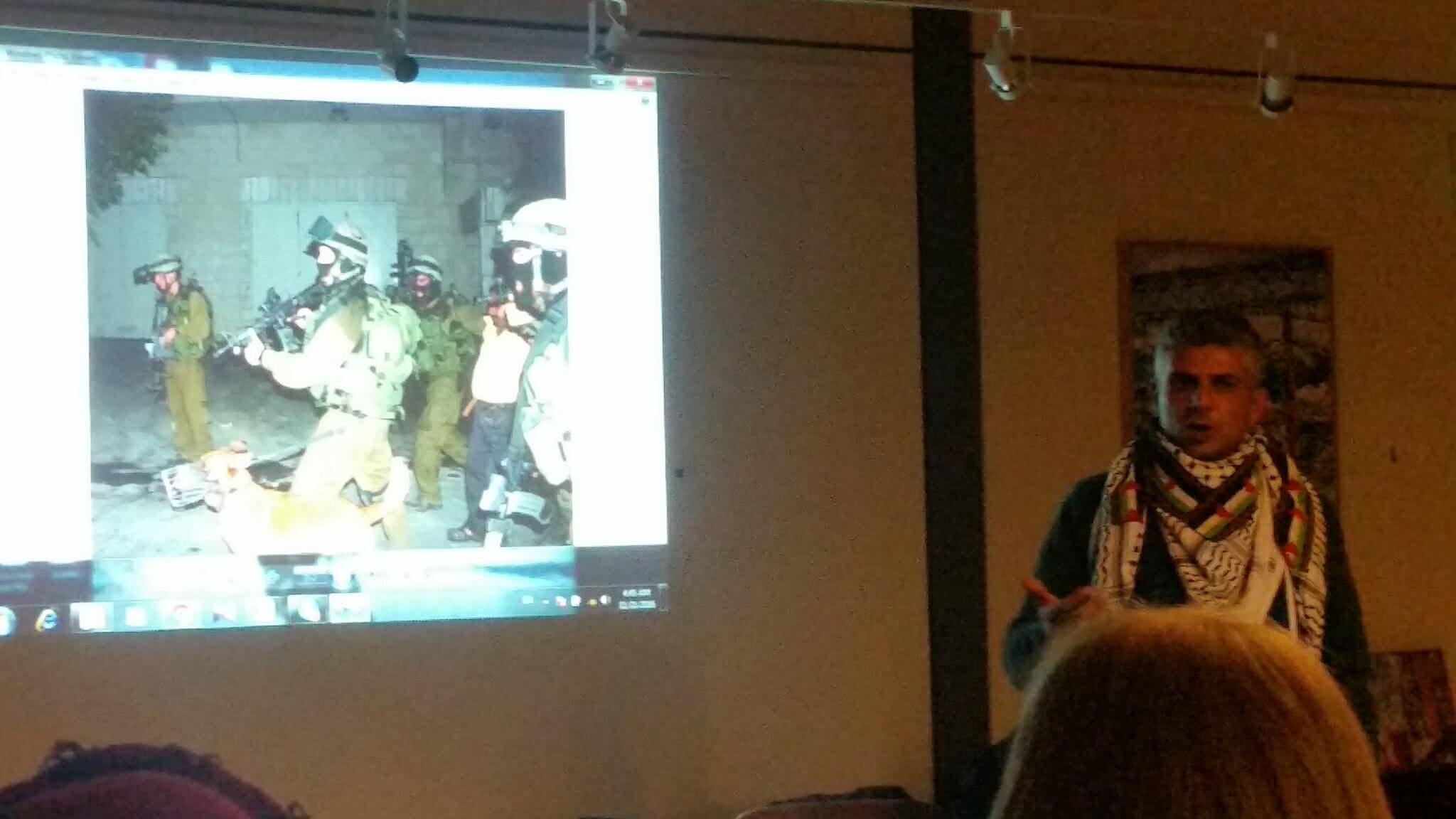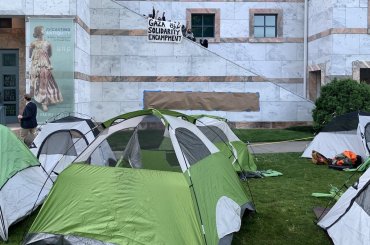My mother was one of the victims of the Nakbah, the 1948 catastrophe of ethnic cleansing of the Palestinians by the new state of Israel. She suffered through the sorrow and loss that came with that forced and genocidal eviction of the Palestinian people. She had to leave her beloved city of Lod, an experience that has remained in her memories and eyes ever since. — Iyad Burnat
A Zionist is a Jew who gives money to another Jew, to send a third Jew to Palestine. — attributed to Shmaryahu Levin
Some things can only be seen with time. Surreal conjunctions became glaring bright signals…I am mad, or is it my people who are mad?
Modi’in
In August 2007, walking past the sign board outside Shaaray Tefila in the Upper East Side, Manhattan, I read a posted notice for a talk at the synagogue by both the mayor and a rabbi from Modi’in, Israel.
The mayor and the rabbi were on a tour of some American Reform synagogues as shlichim (emissaries) to whip up interest in immigration to Modi’in, to bolster the non-Orthodox community they are building. They were also to visit Washington and Chicago in their tour.
On the August night at Shaaray Tefila, I and perhaps two dozen other people were given a folder with the promotional materials, and the pitch.

The town’s Reform Rabbi described how as a young American woman she had connected with the Zionist ideal after reading Elie Wiesel’s Night and the Diary of Anne Frank.
The mayor described the rapid development of the new city, and the meaning for the Jewish people of developing Israel in the face of “genocidal intent” from then-president Ahmadinejad of Iran.
A move to Modi’in would be enabled by a special support system to adjust socially and professionally in addition to the basic benefits package given to olim hadashim, new Jewish immigrants to Israel.
I was in New York that year researching my Brooklyn and Lower East Side family roots. My parents were born, and grew up, in New York City.
Before the event promoting immigration to Modi’in, I had came across historical American Zionist literature in the New York Public Library’s Dorot Jewish Collection, urging donations to the settlement project in Palestine, like this early 1920s Zionist Organization of America (ZOA) leaflet.

My research about my family in New York gradually became research about support for Palestine settlement within the American Jewish world, support that, in philosopher Sidney Hook’s phrase, centered Jewish life half a world away.
Bil’in
Nine years later, in 2016, I read one November afternoon that Iyad Burnat, of the storied Bil’in village demonstrations in Palestine, would be speaking in Seattle about his new book, Bil’in and the Nonviolent Resistance. His brother Emad won a Sundance award for the documentary “Five Broken Cameras,” a documentary diary of those demonstrations.
I’d periodically heard of the Bil’in demonstrations. Some have been of thousands, with Israeli activists and “internationals.”
A predominantly Orthodox Jewish city of 65,000 (Modi’in Ilit) has built up since 1995 next to Bil’in and neighbor villages, with the Israeli “Separation Barrier” (wall) taking their fields. Night raids, searches and arrests are continuous, Burnat says.
Villagers of Bil’in have been at weekly demonstrations for 12 years, protesting taking of their fields and olive trees by the wall, targeted by the IDF with heavy regular response of gas and various ordnance. Each Friday, a demonstration from the village approaches the wall and is forced back by Israeli troops.
Modi’in Ilit, a settler city, is a twin to Modi’in, just inside the “Green Line” established in the 1949 armistice.
The proximity of both these emissaries, from Modi’in and Bil’in, Rabbi Kinneret Shiryon and Iyad Burnat, to each other in Palestine, struck me.
They both come to America to tell their poignant stories and find understanding and support for their aspirations — but they are isolated from each other. It is more likely their paths cross in trips to America, though they live near, separated by a wall in Palestine.

The speaker Iyad Burnat made a point I’ve heard elsewhere — the purpose of the wall, and the occupation as a whole, is to make daily life so unbearable that Palestinians leave. Certainly that’s been the goal of the State since founding: more Jews in proportion to Arabs.
It seemed some sort of extreme synchronicity, randomly attending the 2007 meeting with emissaries inviting my immigration to Modi’in, and hearing an emissary from Bil’in just a few miles away, in 2016, saying, “They want us to leave.”
(The city of Lod, from which Burnat’s mother was exiled in 1948, is perhaps 15 miles from Bil’in.)
(In other numeric portents, we’re 99 years on from the Balfour note, and 69 years past the UN General Assembly vote for partition of Palestine.)
Bil’in is something like 10 miles from Modi’in, where the Reform Rabbi (a US oleh) I met in 2007 runs a congregation devoted to increasing the status of non-Orthodox Jewish institutions in Israel.
Burnat’s presentation was harrowing. The skunk water and gas was the least of the lavish armamentarium the IDF has unleashed on civilian demonstrators over the last 12 years, including sound cannon, and various high-technology weapons. Frequent injuries and deaths have resulted.
The village of Bil’in is regularly visited by the IDF. “This is what is used to make life harder for the farmer: soldiers demolishing houses in the middle of the night with bulldozers. To break us, to break our families and to break our children.
“Coming at night time, soldiers with machine guns, night raids like it’s a war. It’s happened in my home many times. It’s not easy for children to live this life. We have many children who have been arrested 3-4 times. They (Israelis) don’t want the next generation to live here.”
Burnat described a beating from 6 IDF soldiers: “This time I felt how much they hate us, how much they want us to go.”
Bil’in’s nonviolent resistance is part of a system of Palestinian resistance that has grown with the Israeli civilian population (now over 700,000) that has come since 1967 to colonize the conquered land under the protection of the IDF, with road building, intensified control of Palestinian movement, and since 2002, the lengthening wall.
Seeing the Nakba continue into our own time brings me to think of the importance that American Zionist organizations had for yet-to-be-born Iyad Burnat and his family. Since the 1920s, money from American Zionists was the primary support for Jewish settlement in Palestine.
Here is the Facebook page for Iyad Burnat’s new book.



“A Zionist is a Jew who gives money to another Jew, to send a third Jew to Palestine.”
What do we call all those Gentile taxpayers who have funded Israel and funded its continued unaccountability at the UN SC? All those dollars are fungible when they get in the ever outstretched hands of the Israeli Jews. Trump himself has donated directly to those illegal Israeli settlements.
A Zionist is any person who believes that people who choose to hold the religion-based identity of Jewish are entitled:
– to a religion-supremacist “Jewish State” in as much as possible of Palestine; and
– to do unto others acts of injustice and immorality they would not have others do unto them.